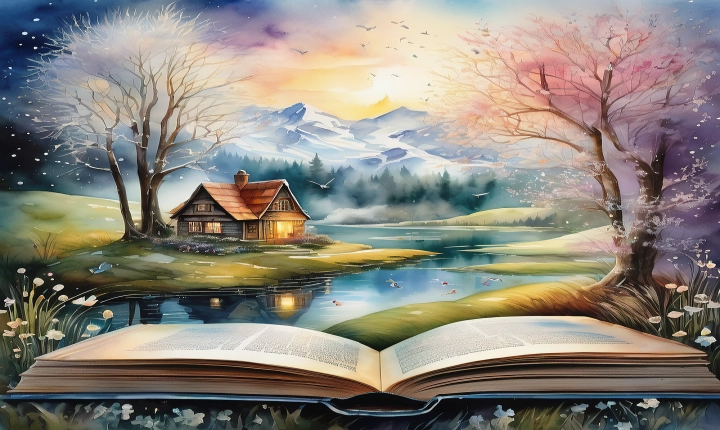Title: How to Identify AI-Generated Images
With the rapid advancement of artificial intelligence (AI) technology, it has become increasingly challenging to differentiate between authentic images and those generated by AI. From deep learning algorithms to Generative Adversarial Networks (GANs), AI has the capability to produce realistic-looking images that are indistinguishable from those captured by a camera. As such, it is essential to understand the telltale signs of AI-generated images to ensure authenticity and prevent misinformation.
One common indicator of an AI-generated image is the presence of unusual or surreal elements that are improbable in real life. These can include bizarre combinations of animals, objects, or landscapes that defy the boundaries of nature. If an image features these elements and lacks any logical context, it is likely computer-generated.
Another clue is the repetition of patterns or details within an image. AI algorithms may inadvertently replicate certain features, such as textures, shapes, or objects, leading to a sense of uniformity that is uncommon in genuine photographs.
Furthermore, examining the metadata of an image can also reveal whether it was AI-generated. In many cases, AI-generated images may contain specific digital footprints or code signatures that indicate manipulation by AI software. These can include inconsistent or missing metadata, which may suggest tampering or fabrication.
Additionally, determining the source of the image can provide insight into its authenticity. If an image originates from a platform or source known for hosting AI-generated content, there is a higher likelihood that the image was created with AI technology.
Moreover, if an image contains inconsistencies in lighting, shadows, or perspectives, it may indicate that it was generated by AI. While AI algorithms have become increasingly sophisticated in replicating these visual elements, they may still struggle to achieve perfect realism. Therefore, discrepancies in these visual cues can be a red flag for AI-generated images.
It is also worth noting that the context in which an image appears can be an important factor. If an image is part of a set of similar images that have been identified as AI-generated, it is likely that the image in question shares the same origin.
It is important to acknowledge that the boundary between authentic and AI-generated images is constantly evolving as AI technology advances. Therefore, it is essential to remain vigilant and utilize additional tools and resources, such as reverse image search, to verify the authenticity of images.
In conclusion, the identification of AI-generated images requires a critical eye and an understanding of the visual and contextual clues that may reveal their artificial origin. As AI continues to revolutionize the creation of digital content, it is crucial to develop and refine the means to discern between authentic and AI-generated images to ensure the integrity of visual information.
